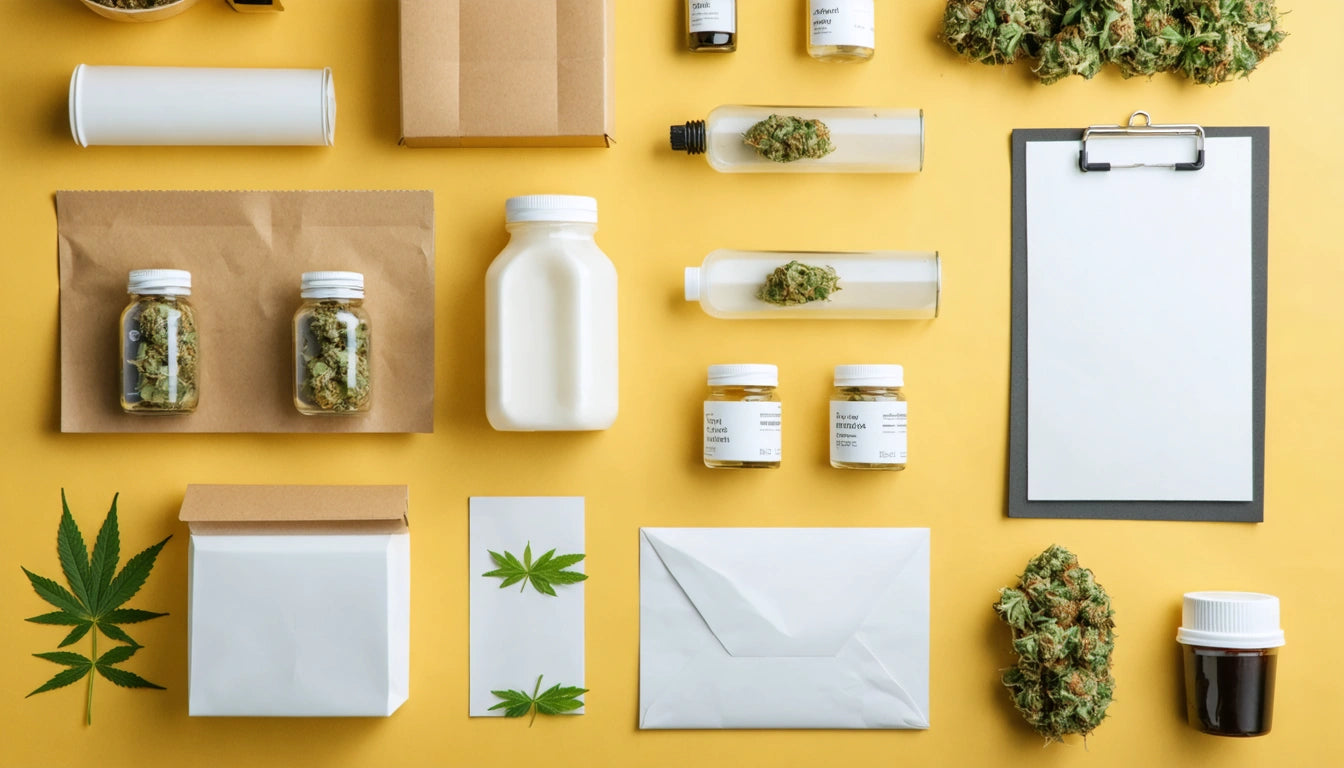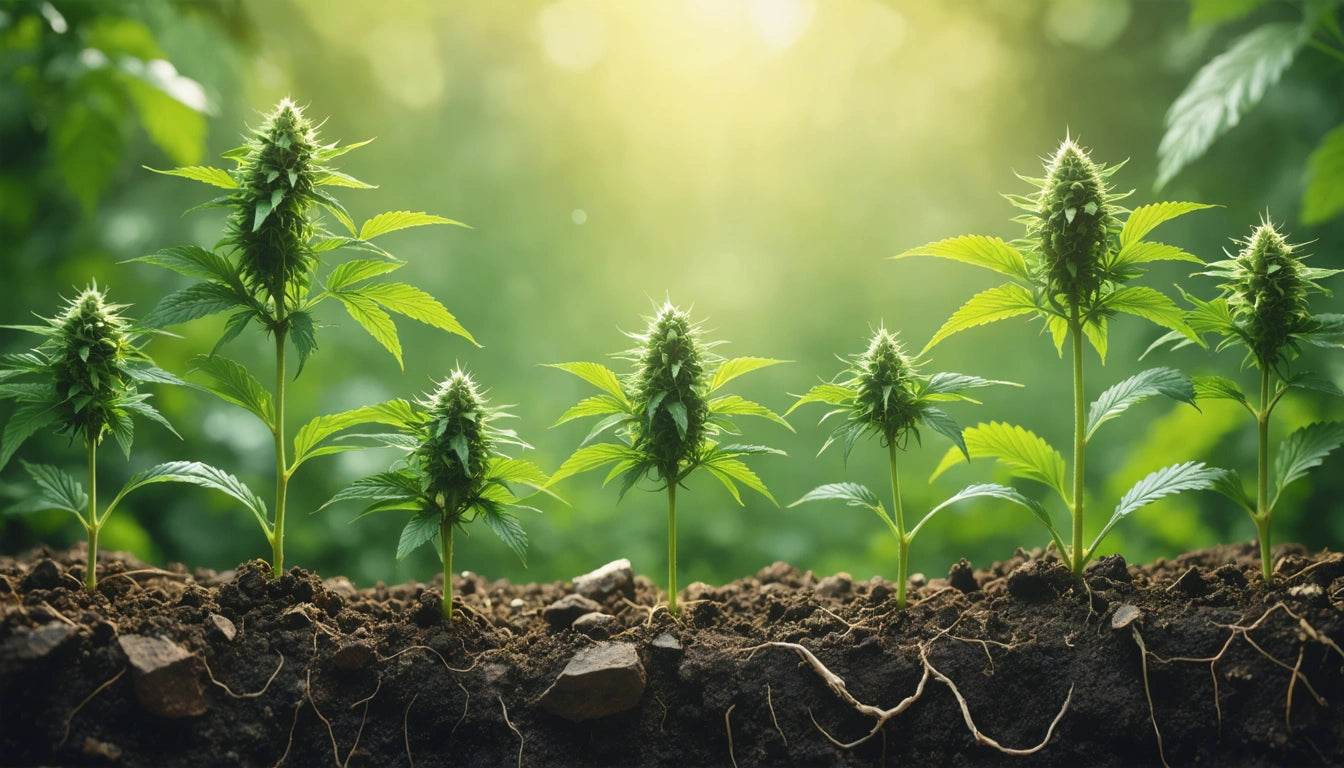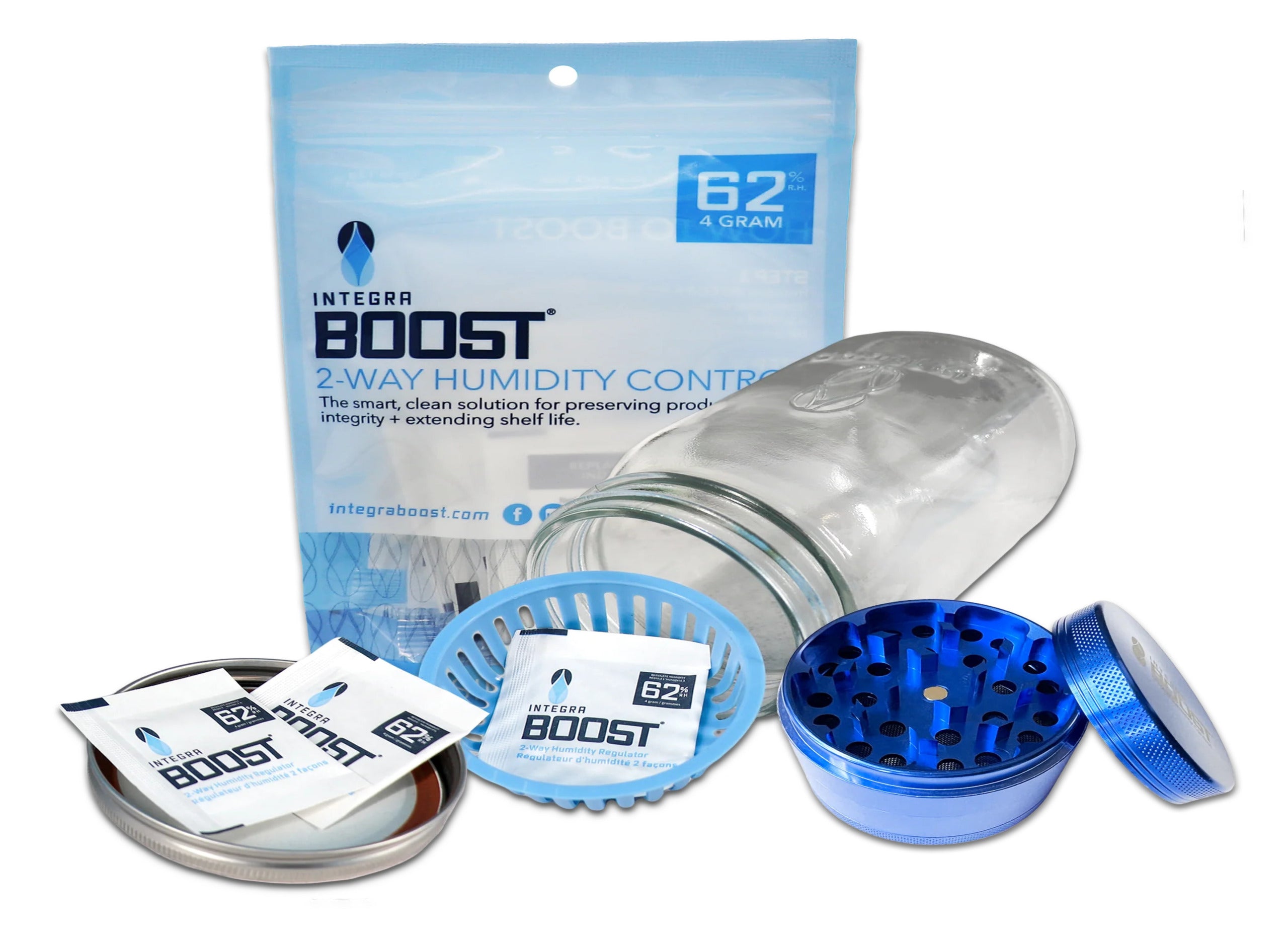Table of Contents
- Material Considerations for Cannabis Packaging
- Glass Packaging: Premium Protection and Presentation
- Plastic Packaging Options: Versatility and Compliance
- Sustainable Materials: Meeting Consumer Expectations
- Paper and Cardboard: Versatile and Customizable
- Material Selection Strategy for Brand Success
Selecting the appropriate materials for cannabis packaging requires balancing multiple factors including compliance requirements, product protection, brand aesthetics, sustainability goals, and budget constraints. The right packaging material not only preserves product integrity but also communicates brand values and influences consumer purchasing decisions.
Material Considerations for Cannabis Packaging
When evaluating materials for custom cannabis packaging, several key factors must be weighed. Product compatibility comes first, as certain cannabis products require specific barrier properties to maintain freshness and potency. Child-resistance requirements must be met through specialized closure mechanisms and lid designs that prevent unauthorized access while remaining accessible for adults and medical patients.
Regulatory compliance varies by state and product category, affecting material selection significantly. For instance, products with higher moisture content may require materials with superior vapor barriers, while concentrates need packaging that prevents degradation from light exposure.
Glass Packaging: Premium Protection and Presentation
Benefits of Glass
Glass offers exceptional barrier properties, preventing oxygen penetration and maintaining product freshness. It's particularly suitable for premium flower and concentrates where aroma preservation is crucial. Glass jars and containers also provide a weighty, substantial feel that enhances perceived value, as highlighted in research on packaging differentiation.
Limitations
Despite its benefits, glass presents challenges including higher shipping costs due to weight, increased breakage risk, and typically higher minimum order quantities. Glass packaging also requires additional components like child-resistant lids to meet compliance standards.
Plastic Packaging Options: Versatility and Compliance
Plastic remains the most widely used material in cannabis packaging due to its versatility and cost-effectiveness. Different plastic types offer varying benefits:
- HDPE (High-Density Polyethylene): Durable and resistant to moisture
- PET (Polyethylene Terephthalate): Clear with good barrier properties
- PP (Polypropylene): Heat-resistant and suitable for various closure systems
- PETG: Combines clarity with impact resistance
Many plastic options can be manufactured to meet child-resistance requirements through special closure mechanisms. According to material selection guides, plastic packaging can be enhanced with coatings or additives to improve light protection and extend shelf life.
Sustainable Materials: Meeting Consumer Expectations
As environmental concerns grow, sustainable packaging materials have gained significant traction in the cannabis industry. Options include:
Bioplastics
Derived from renewable resources like corn starch or sugarcane, bioplastics offer similar functionality to traditional plastics with reduced environmental impact. PLA (Polylactic Acid) is particularly popular for cannabis packaging applications requiring clarity and rigidity.
Hemp-Based Materials
Hemp-based packaging creates a narrative connection between the product and its container. These materials are becoming more refined and functional for various product types, as detailed in sustainability storytelling resources.
Recycled Content
Incorporating post-consumer recycled (PCR) content into packaging demonstrates environmental commitment while potentially reducing material costs. Many brands are now highlighting their use of recycled materials as part of their marketing strategy.
Paper and Cardboard: Versatile and Customizable
Paper-based packaging offers excellent printability for brand messaging and design elements. Folding cartons, boxes, and tubes can be enhanced with special finishes like spot UV, foil stamping, or embossing to create premium visual and tactile experiences.
For brands seeking to balance aesthetics with sustainability, paper-based solutions often provide the best compromise. Paperboard can be sourced from FSC-certified forests or contain recycled content while still offering excellent customization options through premium finishing techniques.
Material Selection Strategy for Brand Success
The most successful cannabis brands approach material selection strategically, considering the entire product lifecycle and consumer experience. When evaluating materials, consider these factors:
- Product requirements: moisture sensitivity, light protection, oxygen barriers
- Target market positioning: premium, value, wellness, recreational
- Sustainability goals and consumer expectations
- Budget constraints and volume requirements
- Compliance needs across all markets served
Testing packaging prototypes with actual products before committing to large orders is essential. Many packaging suppliers offer small-run options to validate material performance before scaling production, reducing risk and ensuring satisfaction.
By thoughtfully selecting materials that align with both functional requirements and brand values, cannabis companies can create packaging that protects products, meets regulations, and resonates with consumers. As the industry evolves, materials that balance these considerations while offering sustainable advantages will continue to gain market share.











Leave a comment
All comments are moderated before being published.
This site is protected by hCaptcha and the hCaptcha Privacy Policy and Terms of Service apply.